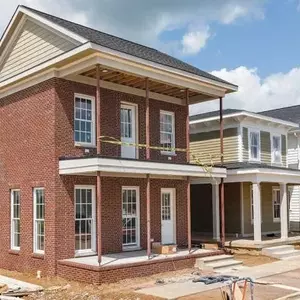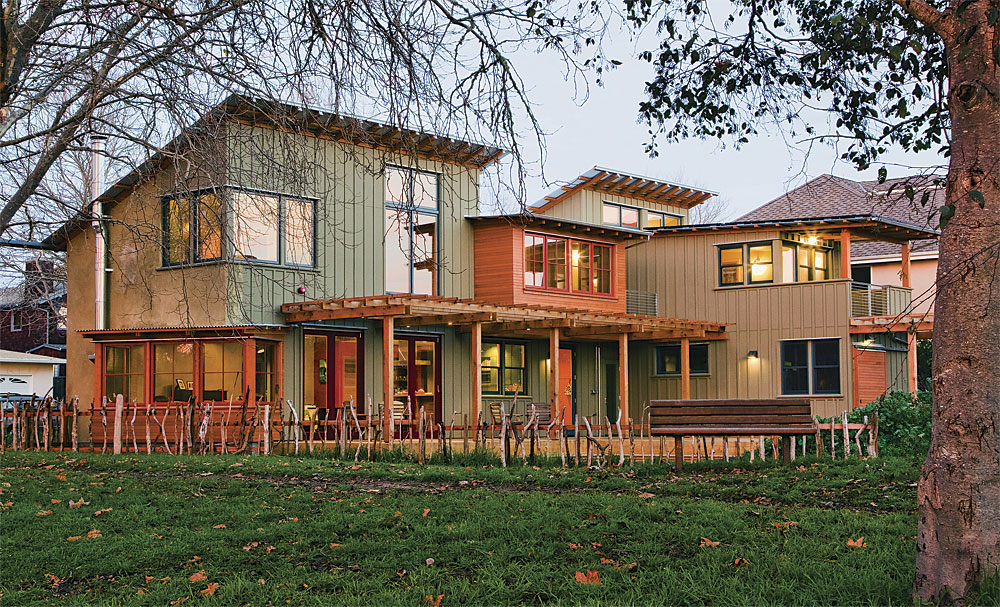
The question of embodied carbon is divided into two separate but interrelated camps: new and existing buildings. First the former. Across the country, several states and local jurisdictions are doing exceedingly well at addressing emissions—both operational and embodied—for new construction. This is playing out in places like New York State and Massachusetts, which have implemented their own stretch codes designed to accelerate savings paths for developers and reduce buildings’ energy usage across all phases. Short of being a climate panacea, these stretch codes (and others in the works, like in Illinois) go above and beyond the status quo via amendments to compliance paths specified in the most recent iterations of the International Energy Conservation Code and ASHRAE 90.1.
Further, according to recent U.S. Energy Information Administration (EIA) statistics, U.S. operating emissions for U.S. building stock fell by 8.4% (roughly equal to 7.8 million metric tons of CO2) in the first half of 2023, compared to the same time last year. “This fact is astonishing,” writes Edward Mazria in Architectural Record, “considering we added roughly 4 billion square feet to our building stock during that period according to the EIA. By contrast, we have been reducing emissions by an average of only 1.9% annually since 2005.”
This is all good stuff, to be certain. And even in states where energy codes aren’t exactly progressive, such as South Dakota and Iowa, the growing presence of renewable wind energy is doing a lot to (gradually) ween their grids off natural gas and other fossil fuels. But alas, the state that’s still eating our collective lunch is California.
Leading the way on carbon
Earlier this summer, the California Building Standards Commission (BSC) announced their unanimous approval of an amendment to their state’s Green Building Standards Code (CALGreen) to reduce embodied carbon emissions associated with…
Weekly Newsletter
Get building science and energy efficiency advice, plus special offers, in your inbox.

This article is only available to GBA Prime Members
Sign up for a free trial and get instant access to this article as well as GBA’s complete library of premium articles and construction details.
Start Free TrialAlready a member? Log in















0 Comments
Log in or become a member to post a comment.
Sign up Log in